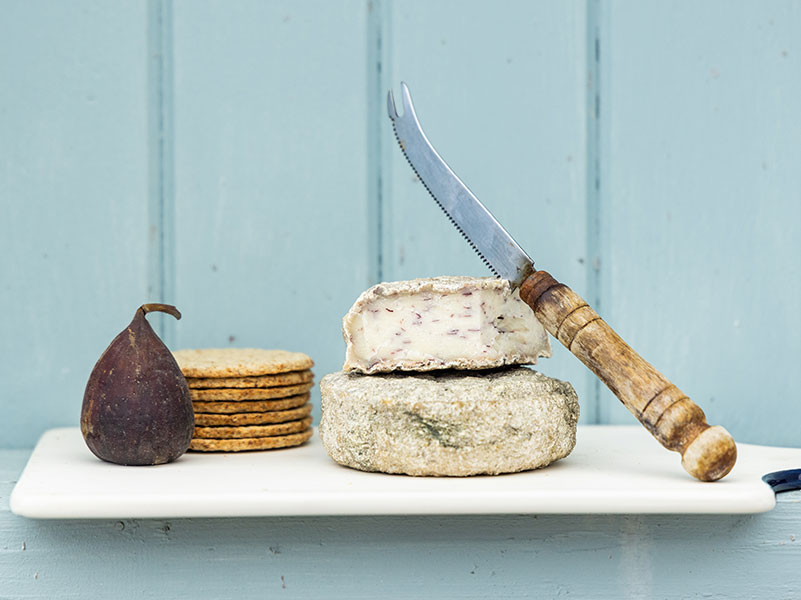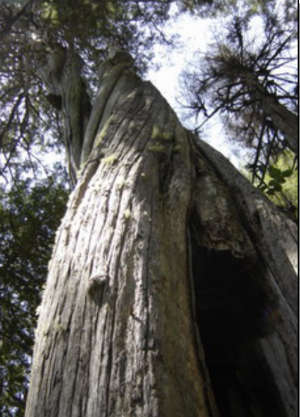
triquetrum)Īlso known as the “three-cornered leek” due to the grassblade shape of its flower stalks, this allium is only hardy in Zones 7 through 10. In addition, the purple, blue, or pinkish inflorescence in onion grass grows additional green scapes from the top, for a wild Albert Einstein hair type of look, except with green hair instead of white. Also called “crow garlic,” this one looks so much like chives it’s uncanny.Ī key difference is that they can potentially grow a bit taller than chives – up to three feet – and they have a tougher texture than chives when eaten. Here’s a quick look at key differences between these Alliums and our star, wild chives: Onion Grass ( A.

Or, it could be one of the Alliums we mentioned before. Does it have hollow, cylindrical leaves that smell like an onion when crushed? This is a key component to correctly identifying a chive in nature. Most notably, the deadly plant doesn’t smell like an onion when you crush a leaf between your fingers.

In both of these plants’ early stages, the grasslike blades look similar.īut unlike wild chives, mountain death camas have flat blades and cream-yellow flowers. This lookalike can make humans and animals extremely sick if ingested and can even cause death. schoenoprasum and not something potentially deadly, like the similar-looking mountain death camas ( Anticlea elegans). It’s crucial to know that what you’re looking at and potentially eating is wild A. Here’s how to identify any chive that’s growing beyond the bounds of your garden: Identification Tips schoenoprasum tends to grow taller with thinner stalks and smaller flowerheads than its cultivated counterparts.Īs far as flavor, use, and edibility are concerned, there’s no meaningful difference between cultivated plants, escapees from gardens, and true wild chives growing in their native or naturalized habitats. There are some key differences, though: in the wild, A. To make things even more exciting, it can be virtually impossible to tell the true wild species apart from garden escapees! It’s easy for the cultivated garden variety to escape the confines of your garden and grow in your yard, so it’s possible that the clumps that are suddenly growing among your grass aren’t truly wild A. Indigenous communities have also used the plants in traditional medicine, to help treat coughs, colds, and minor wounds. The leaves have long made a perfect flavoring for savory meats and vegetables. If you don’t live near wheat fields and don’t mind a weedy lawn, the good news is that onion grass, wild garlic, onion weed, and most other alliums are edible and make tangy additions to salads, soups, and more. Onion grass is even listed as an invasive weed that can affect the taste of nearby crops of wheat or other grains, though it is a native plant in parts of Europe. The bad news is that in the United States, A. canadense), and onion weed or three-cornered leek ( A. Other alliums that closely resemble wild chives can also appear in your yard, including wild garlic ( A. schoenoprasum and often pops up in lawns. You might not be looking at wild chives, though.

You’ll know the clumps aren’t grass when you get closer and see the cylindrical shape of the leaves, which grow 12 to 24 inches tall and can spread up to 12 inches. To spot them, look out for telltale bunches of grasslike green leaves rising above old, dead grass. They begin growing in early spring before the rest of the natural world has fully awakened to the new season. Frank, NPS, Wikimedia Commons, public domain. Agent, Jackie Kaiser, Westwood Creative Artists.Photo by Jacob W. From time to time Person did visit her father, a middle-class professional established in a new marriage in San Francisco, yet it was a modeling competition at age 13 that allowed her finally to feel somewhat “normal” and find her own identity. As long as she had her mother close, Person was happy, except that her mother had to find men to support them, and therein began a peripatetic cycle of moving in with one marijuana-growing, thieving boyfriend after another, or back to the tipis with her grandparents. government-Person was doted upon by her pot-smoking grandparents and uninhibited if emotionally erratic aunts and uncles (one uncle, Dane, moved in and out of a mental asylum), although it was challenging living in tipis with no running water, eating whatever her grandfather, Papa Dick, happened to hunt, and using the communal “shit pit,” all in a harsh northern climate. With a free-spirited teenage mother-the daughter of a Korean War vet and forest ranger who yearned to live in nature unencumbered by the U.S. In this affecting memoir, Person describes growing up in the early 1970s amid the “tipi camp” where her extended family was squatting on Indian lands in Alberta, Canada.


 0 kommentar(er)
0 kommentar(er)
